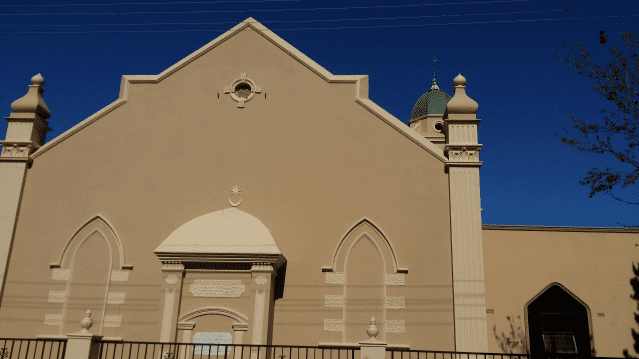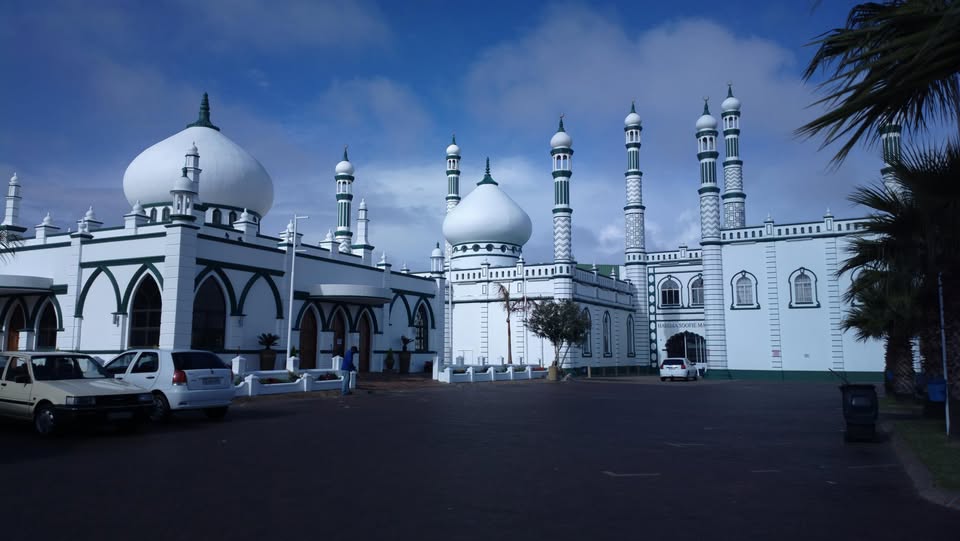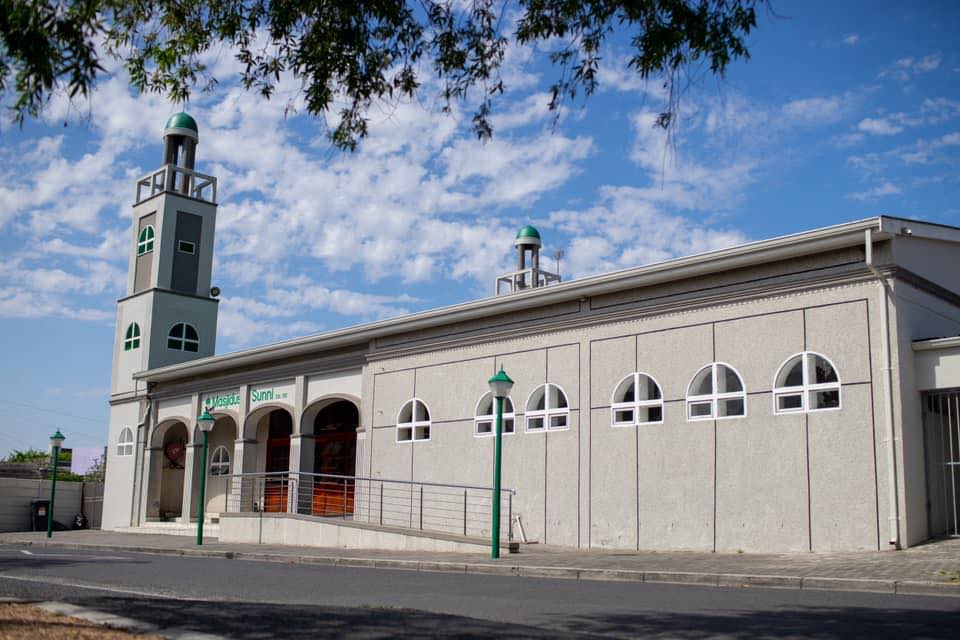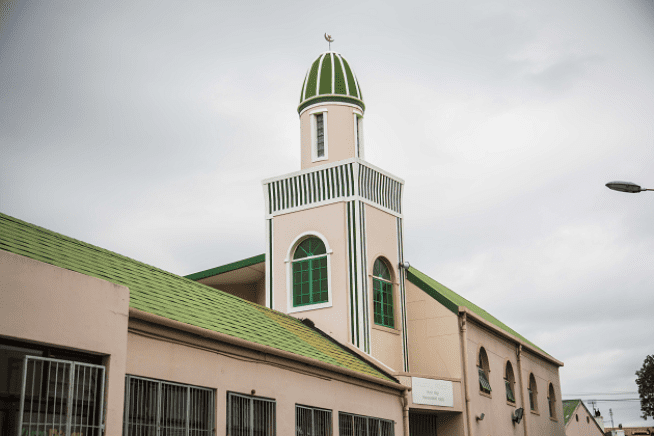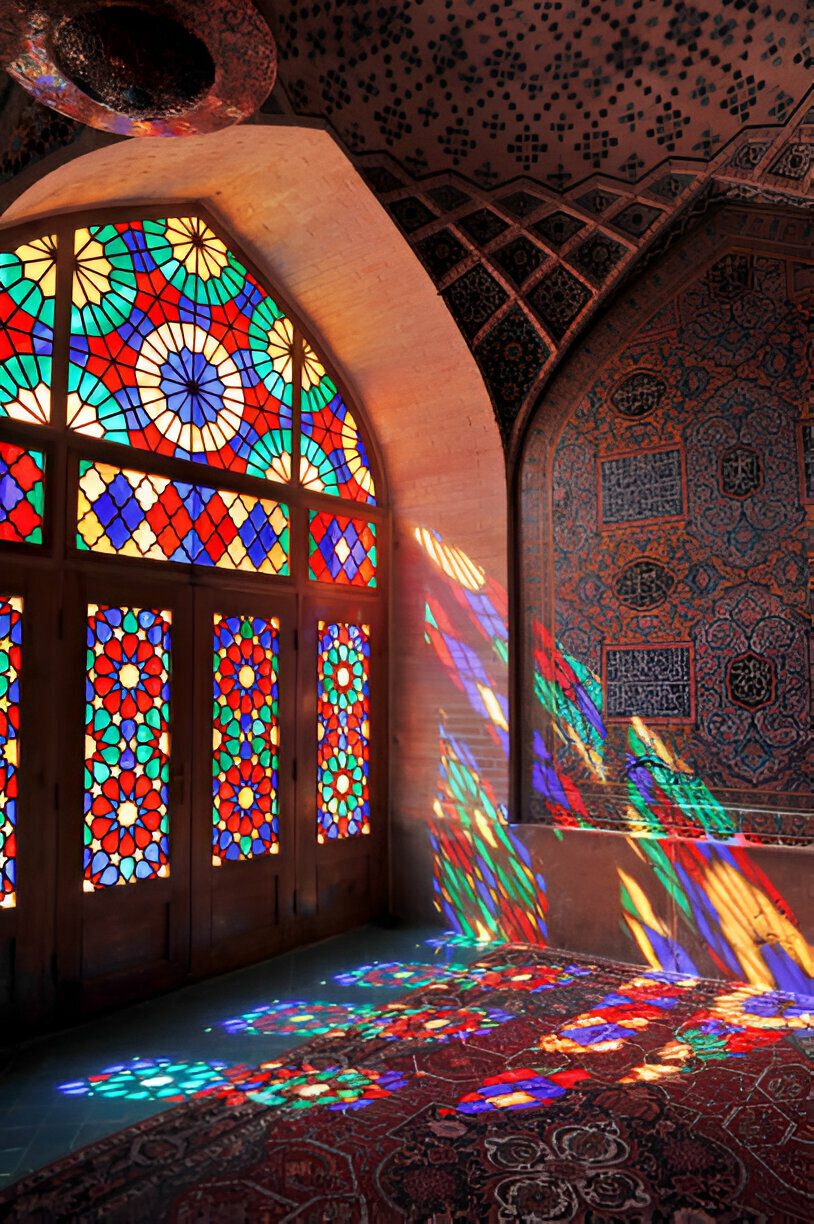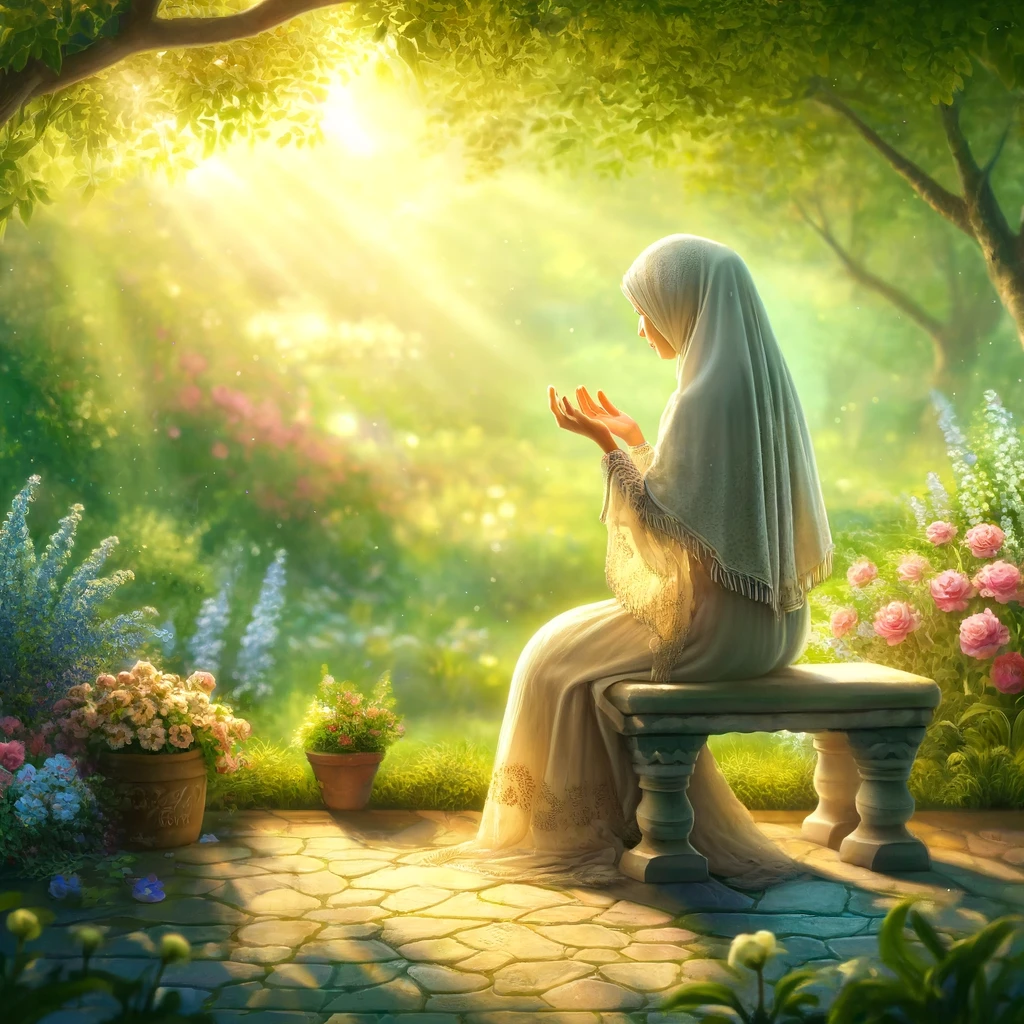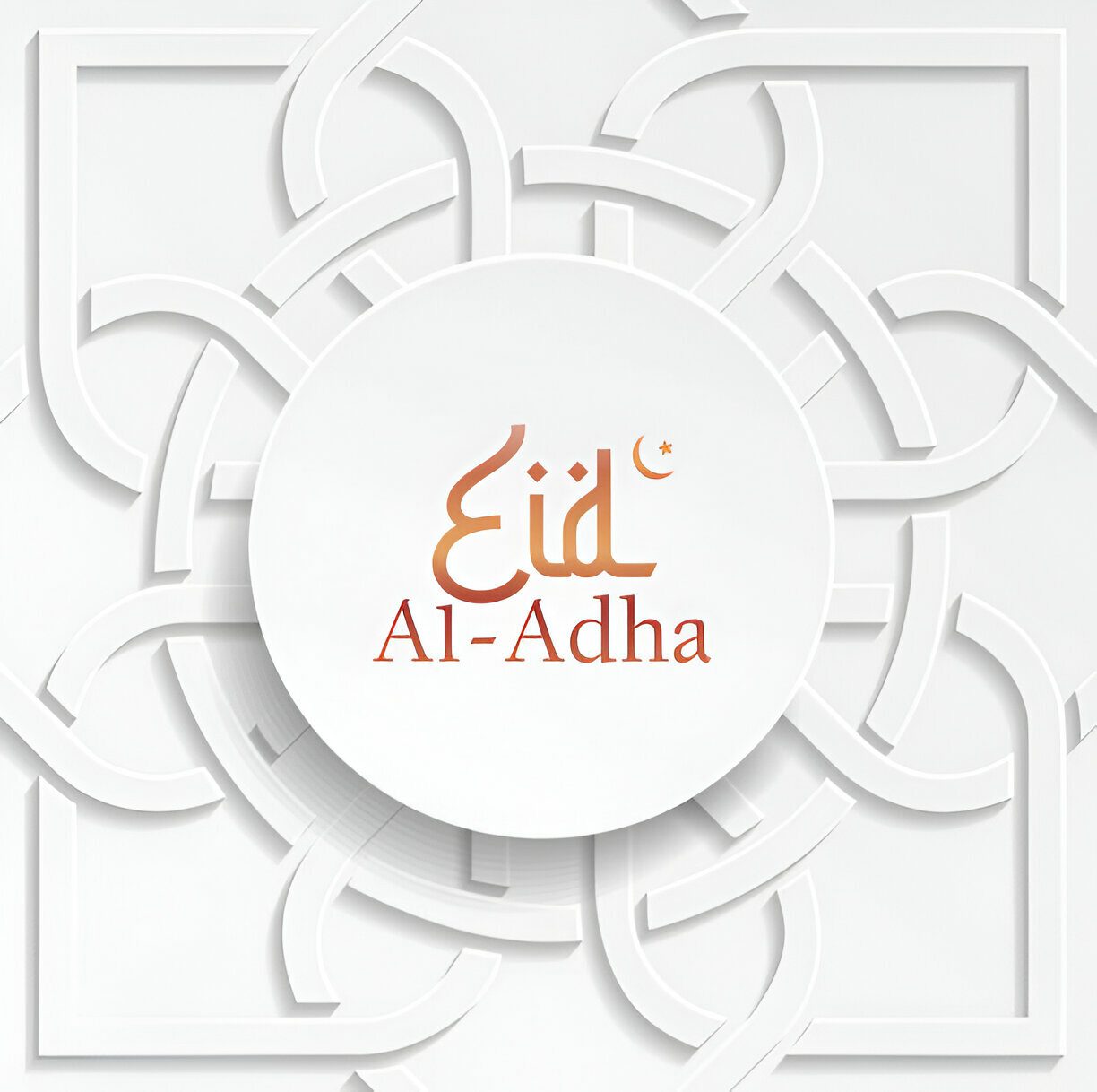Situated in the heart of Claremont, Cape Town, the Stegman Road Mosque is not just a place of worship but a landmark of historical significance and communal unity. This mosque stands as a testament to the resilience of the Muslim community and its role in the broader narrative of South Africa’s history.
History
The Stegman Road Mosque’s history is deeply entwined with the struggle against apartheid, notably through the legacy of Imam Abdullah Haroon, a prominent figure in the anti-apartheid movement. His leadership in the 1950s and 60s transformed the mosque into a hub of activism and community solidarity, a role that it continues to embrace to this day.
Constructed in 1911 and undergoing significant renovations in 1922, Al Jaamia Masjid, commonly known as Stegman Road Masjid, has been a cornerstone for the Muslim community for over a century. The Claremont Muslim community, who were among the early casualties of the oppressive Group Areas Act, faced forced displacement, dispersing throughout Cape Town and its environs.
Despite these challenges, Al Jaamia Masjid remained a beacon of hope and resilience. It continued to draw members of the displaced Claremont community, who traveled from various parts of the city to maintain their spiritual and communal connections. Presently, the Masjid is a melting pot, encompassing both members of the original community and newer residents and workers from Claremont and nearby areas.
Imam Abdullah Haroon
Imam Haroon served as the spiritual leader of the Stegman Road Mosque during a critical period in South Africa’s history. His tenure at the mosque, which began in the 1950s, was marked by his unwavering commitment to social justice and his courageous stand against the oppressive apartheid regime. The mosque under his leadership became more than a place of prayer; it transformed into a center of community activism and a beacon of hope for those oppressed by racial segregation.
The Stegman Road Mosque, during Imam Haroon’s leadership, was where he inspired and mobilized the Muslim community to partake in the struggle for equality and justice. His sermons, imbued with messages of resistance and resilience, echoed beyond the walls of the mosque, stirring the hearts of many across the country.
Tragically, Imam Haroon’s outspoken opposition to apartheid led to his arrest and subsequent death in police custody in 1969, making him a martyr in the eyes of many. His legacy continues to resonate within the Stegman Road Mosque, reminding all who enter its doors of the enduring fight against injustice and the power of faith in advocating for human rights.
Today, the mosque stands as a tribute to Imam Haroon’s memory, symbolizing the unbreakable spirit of a community in the face of adversity. It continues to serve as a place of worship and reflection, while also reminding visitors of the pivotal role played by faith leaders like Imam Haroon in shaping South Africa’s history.
Architecture
The mosque features traditional Islamic architecture with a distinctive South African influence. Its design reflects a blend of simplicity and elegance, creating a serene and welcoming space for worship and reflection. The minaret and dome, key features of Islamic architecture, are prominent, symbolizing the mosque’s presence in the community.
The façade of the Stegman Road Mosque, characterized by a combination of Islamic and modern architectural elements. The mosque features a symmetrical front elevation centered around a large arched doorway, which is a common feature in Islamic architecture symbolizing the entrance to a sacred space. Flanking the main arch are two smaller arch-shaped niches that add to the aesthetic symmetry.
Above the central arch, there’s a circular window, likely serving as a source of natural light for the interior. The façade is crowned with a parapet that has a subtle dip in the center, which is reminiscent of traditional Islamic structures, giving the building a sense of grandeur and height.
On either side of the main structure, there are minarets capped with small domes and crescent moons, which are emblematic of Islamic mosques and serve as visual signifiers of the Islamic faith. These minarets are likely used for the call to prayer. The central dome, painted in green, stands out against the neutral color of the building, drawing attention to its religious significance; green is often associated with Islam due to its prominence in the Islamic narrative.
The building’s exterior is adorned with decorative elements such as moldings and inscriptions that likely contain verses from the Quran or other Islamic calligraphy, adding a layer of detail and texture to the structure.
Overall, the mosque presents a clean, modest design with features that are traditionally associated with Islamic places of worship, adapted to fit into the urban context of its location.
Past and Current Imams
The Stegman Road Mosque has been graced by the leadership of several Imams, the most notable being Imam Abdullah Haroon, whose tenure marked a period of significant social and political activism. The current Imam continues this legacy, leading the community in spiritual and social matters.
Past Imams
- 1940s: Imam Magmoed, Sheigh Abdurragmaan, Imam Achmat Bressar, Imam Amien Slamang, Sheigh Yasien Ely
- 1950s: Imam Salie Ghak, Imam Hajewani, Imam Sonday
- 1956 – 1969: Imam Abdullah Haron
- 1969 – 1973: Imam Saliem Davids, H Omar Abrahams
- 1969 – 1991: Imam Ebrahim (Sepp) Davids
- Imam Abubakr Fakier
- Sheikh Riyadh Walls
Current Imaamat
- Sheikh Dilawar Baba – Resident Imam
- Maulana Saalim Peck
- Imam Achmat Booley
Islamic Schooling (Madrassa)
Adjacent to the mosque is a Madrassa, an Islamic schooling system where children and adults alike learn about the Quran, Hadith, and the principles of Islam. This institution plays a crucial role in educating and nurturing the future generations of the Muslim community.
Contact the Imamaat for further information regarding the madrassa or any Islamic studies for children and adults.
Committee Members
The mosque is overseen by a committee of dedicated members from the community. These individuals are responsible for the mosque’s administration, organizing community events, and ensuring that the mosque continues to serve the needs of its congregation effectively.
Executive Committee
- Nazeem Jamie – Chairperson
- Amaan Kajee – Deputy Chairperson
- Reza Solomon – Secretary
- Raa-iq Basadien – Asst Secretary
- Asif Joosub – Treasurer
- Kiyam Gamieldien – Asst Treasurer
Additional Members
- Faghry Sallie
- Osman Banderker
- Abrar Sonday
- Zarhied Banderker
Conclusion
The Stegman Road Mosque remains a cornerstone of the Claremont community. It continues to be a symbol of resilience, unity, and faith. As a place of worship and community gathering, it upholds the traditions of the past while looking forward to a future of continued service and community engagement.
Contact Details
For more information about the Stegman Road Mosque, to participate in its programs, or for prayer times:
- Website: stegmanroadmasjid.co.za
- Email: [email protected]
- Phone: (021) 671 2356
- Address: 38 Stegman Road, Claremont, Western Cape, South Africa
